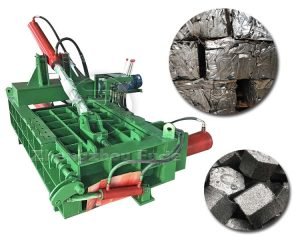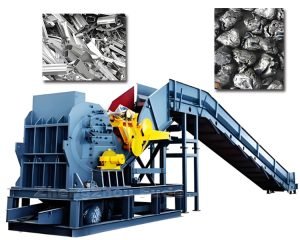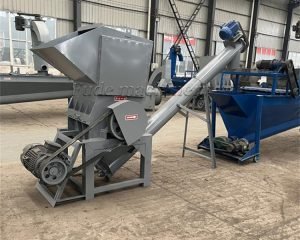What is a metal block press?
225The metal compactor is an efficient waste metal processing equipment that mainly uses high pressure to directly cold press various metal waste materials into shape, making it easy to store, transport, and recycle.
View details Fudemetal Crusher
Fudemetal Crusher



